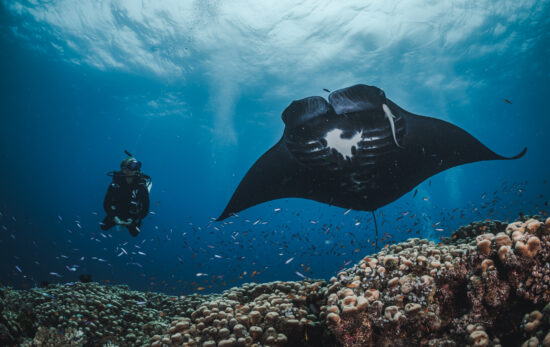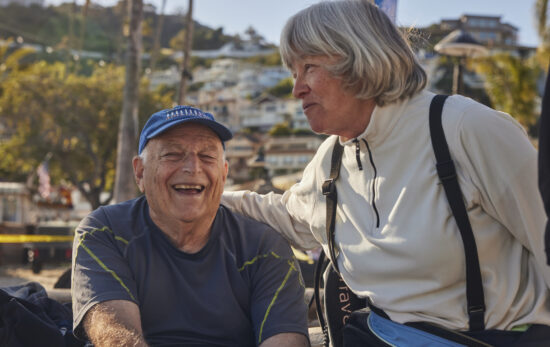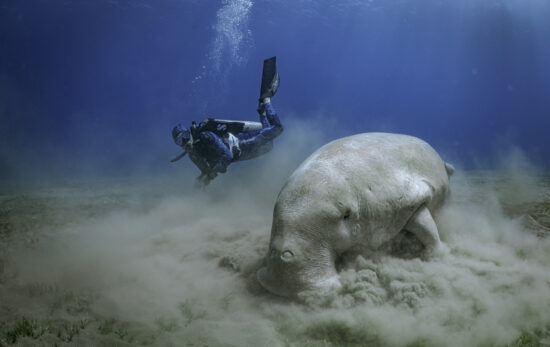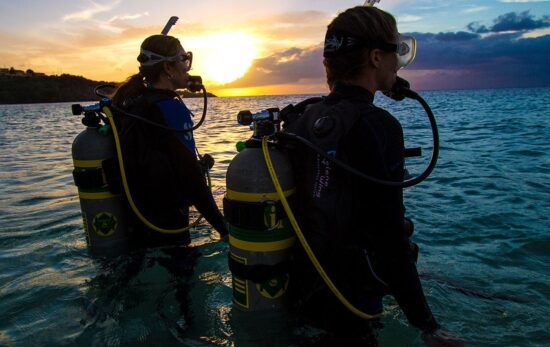Scuba divers heavily rely on the gear and equipment they use. As a diver, it is important to consider and prepare for all possibilities and/ or malfunctions. Malfunctions, big or small, can occur at any point in time and if a diver is not prepared then they will not be diving. Instead, it is a good idea to assemble your very own save-a-dive kit. It’s not if but when you’ll rely on the contents of your save-a-dive kit.
Being prepared will help you handle basic gear and equipment malfunctions, such as a blown O-ring, a dead dive computer, or a broken mask strap. If you’re not prepared, you’re not diving.
The contents of your save-a-dive kit will depend on the type of gear you are using, as well as the diving you are doing. Each kit should at least contain items that will help fix the most common problems that typically occur before, during, or after a dive.
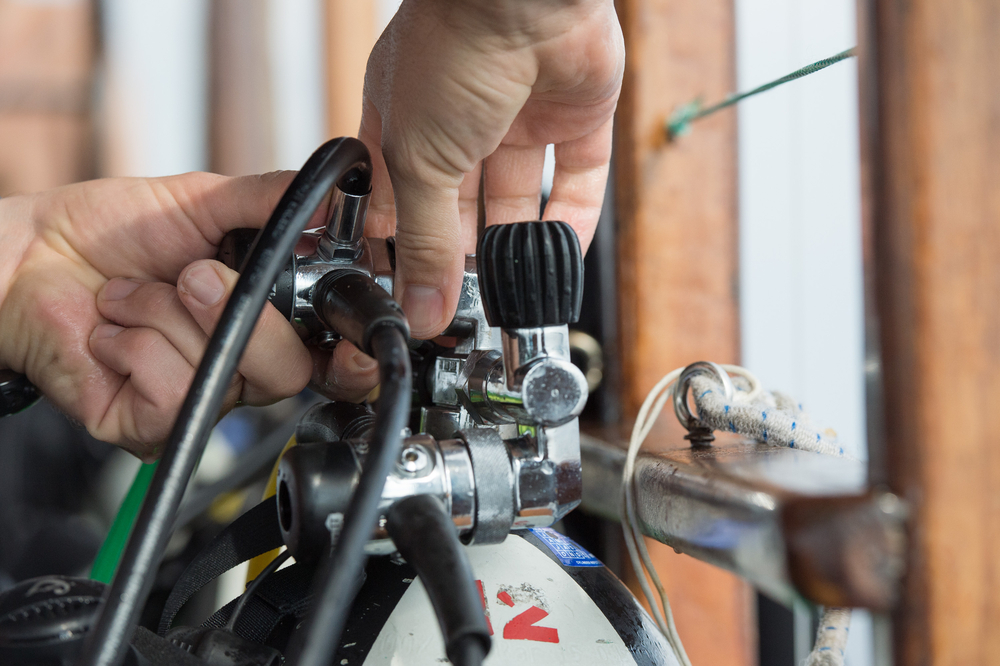
Where To Find A Save-a-Dive Kit
Pre-packaged kits are typically available at your local PADI Dive Center or Resort. You also have the option of creating your very own save-a-dive kit. There are two options when creating your own save-a-dive kit.
- Buy each piece of equipment separately and organize it into a kit
- Buy a ready-made kit online
List of Essential Items
Below, you’ll find a list of items that will help prepare you for some of the most common issues that arise before, during, or after a dive. Please review each item carefully:
- Gear bag or dry bag
- Dry box for storing purposes – ex. Pelican cases
- Extra fin straps and buckles
- Mask strap or extra mask
- Snorkel keeper
- Mouthpiece – from wear or because of discomfort
- Zip ties or straps – for fastening
- Dive knife
- O-rings – make sure you have various O-ring sizes to choose from
- O-ring pick – if the kit doesn’t already include one, add one (prevents damage when changing O-rings)
- Silicone Grease – keeps rubber parts of your equipment from drying out and cracking
- First Aid Kit – divers may want to add additional waterproof band-aids, eye and ear drops, motion sickness medication, and a cleanser or aid for stings
- Computer batteries
- Defog – mask defogger or baby shampoo
- Wetsuit adhesive or repair kit – in case any tears occur
- Zipper wax lubricant for wetsuits and drysuits
- Tool kit – include wrenches, screw drivers, allen keys, pliers, and duct tape
- Port plugs – include both high and low pressure port plugs
- Carabineers, clips, and lanyards – to keep equipment secured and organized
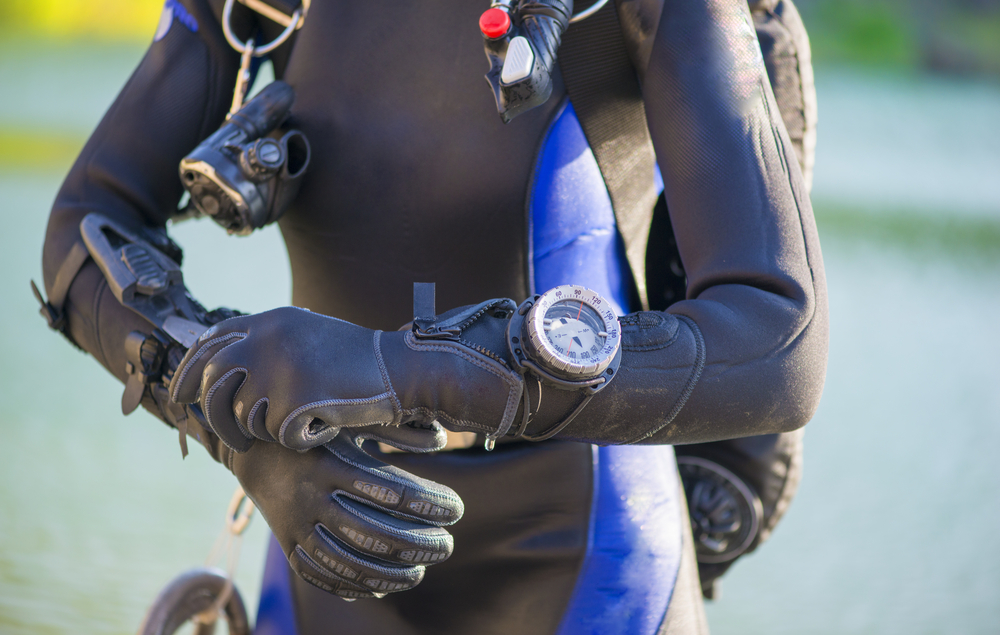
The list above is just a starting place. Underwater photographers, technical divers, and certain specialty divers may require additional items not on this list. Be sure to consult your PADI Instructor for what he or she includes in their save-a-dive kit.
Another way to avoid problems is to take care of your gear and have it serviced regularly. The PADI Equipment Specialist course is great starting place to learn proper ‘care and feeding’ of your scuba equipment.

